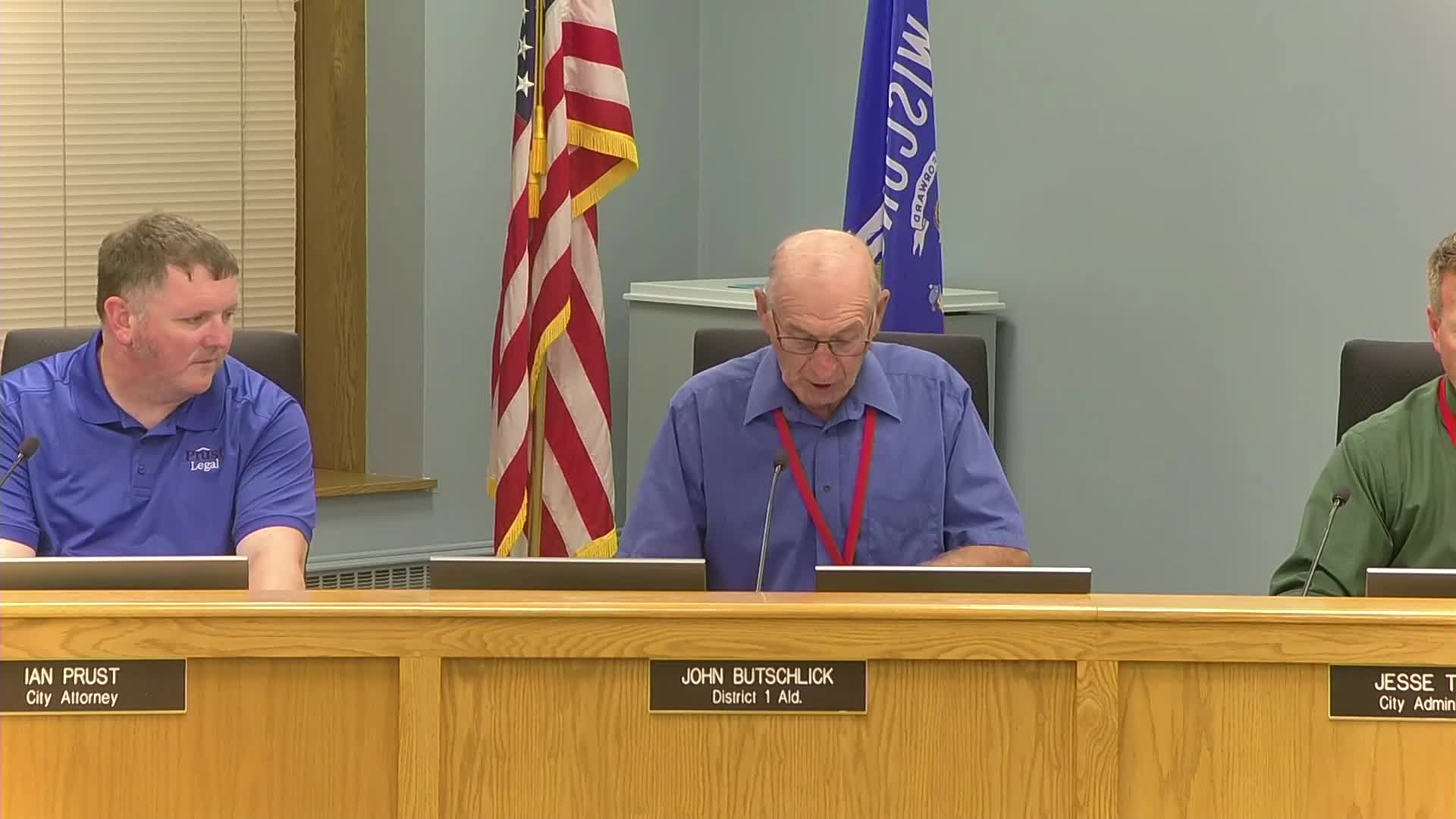West Bend Prepares Water Supply Service Area Plan Ahead of DNR Deadline
September 23, 2025 | West Bend City, Washington County, Wisconsin
This article was created by AI summarizing key points discussed. AI makes mistakes, so for full details and context, please refer to the video of the full meeting. Please report any errors so we can fix them. Report an error »

The West Bend Common Council held a significant meeting on September 22, 2025, focusing on the newly completed Water Supply Service Area Plan, a crucial requirement mandated by the Wisconsin Department of Natural Resources (DNR) for public water systems serving populations of 10,000 or more. This plan aims to ensure that the city can reliably meet the water needs of both current residents and future growth.
Travis, a city official, introduced the plan, emphasizing its importance in evaluating the municipal water system's capacity. Steve Klieser from Strand Associates presented the key elements of the report, which includes an assessment of existing water sources, population projections, and future water demands. The plan is due by the end of the year, and while it is not mandatory to submit unless the city seeks additional water withdrawals from the Great Lakes Basin, it positions West Bend proactively for future needs.
The report highlighted that West Bend currently operates nine wells with a total capacity of 7,210 gallons per minute, ensuring that the firm capacity—5,610 gallons per minute—exceeds projected maximum day demands of nearly 5,000 gallons per minute by 2035. This surplus of 643 gallons per minute indicates that the city is well-prepared for anticipated growth.
Klieser also discussed the stability of water usage trends over the past decade, suggesting that future increases in demand will primarily stem from population growth rather than increased consumption by existing customers. The plan outlines potential water source alternatives, including deep wells, shallow wells, and the possibility of sourcing water from Lake Michigan, although the latter presents logistical challenges.
In summary, the Water Supply Service Area Plan positions West Bend favorably for future water needs, with significant surpluses in both well capacity and storage. The city plans to conduct a more detailed water system analysis in alignment with its comprehensive plan, ensuring that all departments are coordinated in addressing the community's water supply needs. This proactive approach reflects the city's commitment to maintaining a reliable and sustainable water system for its residents.
Travis, a city official, introduced the plan, emphasizing its importance in evaluating the municipal water system's capacity. Steve Klieser from Strand Associates presented the key elements of the report, which includes an assessment of existing water sources, population projections, and future water demands. The plan is due by the end of the year, and while it is not mandatory to submit unless the city seeks additional water withdrawals from the Great Lakes Basin, it positions West Bend proactively for future needs.
The report highlighted that West Bend currently operates nine wells with a total capacity of 7,210 gallons per minute, ensuring that the firm capacity—5,610 gallons per minute—exceeds projected maximum day demands of nearly 5,000 gallons per minute by 2035. This surplus of 643 gallons per minute indicates that the city is well-prepared for anticipated growth.
Klieser also discussed the stability of water usage trends over the past decade, suggesting that future increases in demand will primarily stem from population growth rather than increased consumption by existing customers. The plan outlines potential water source alternatives, including deep wells, shallow wells, and the possibility of sourcing water from Lake Michigan, although the latter presents logistical challenges.
In summary, the Water Supply Service Area Plan positions West Bend favorably for future water needs, with significant surpluses in both well capacity and storage. The city plans to conduct a more detailed water system analysis in alignment with its comprehensive plan, ensuring that all departments are coordinated in addressing the community's water supply needs. This proactive approach reflects the city's commitment to maintaining a reliable and sustainable water system for its residents.
View full meeting
This article is based on a recent meeting—watch the full video and explore the complete transcript for deeper insights into the discussion.
View full meeting
